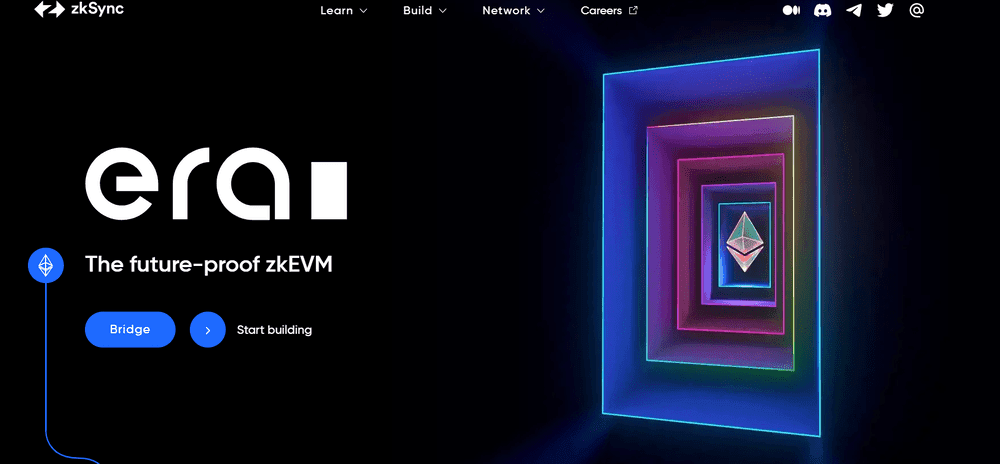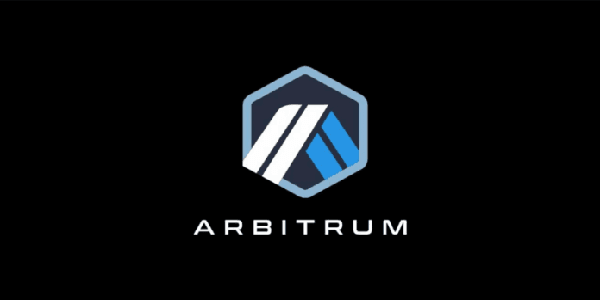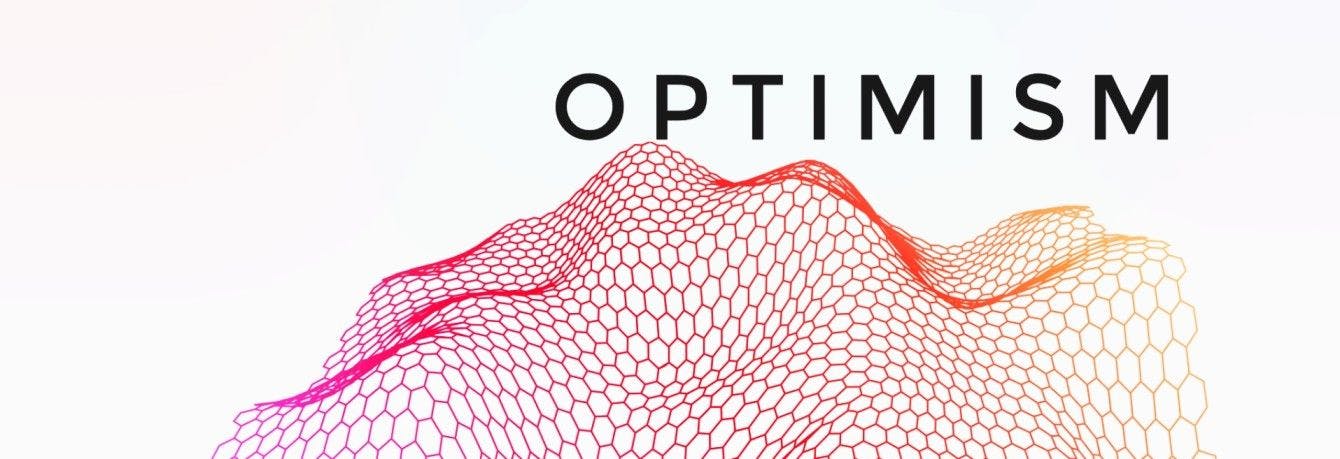Ethereum has been facing scalability issues, high gas fees, and network congestion. To address these problems, several projects are developing layer 2 solutions that aim to improve the performance and user experience of Ethereum without compromising its security and decentralization. Three of the most prominent layer 2 solutions are zkSync, Arbitrum, and Optimism. In this article, we will compare these solutions in terms of their advantages, disadvantages, and overall performance.
zkSync is a layer-2 scaling solution for Ethereum that uses zero-knowledge proofs to enable fast and cheap transactions without compromising security or decentralization. zkSync aims to bring the benefits of blockchain technology to mainstream users by providing a user-friendly interface, low fees, high throughput, and privacy guarantees. zkSync supports smart contracts, NFTs, and various tokens, and is compatible with the Ethereum Virtual Machine (EVM). zkSync also offers a developer-friendly environment with SDKs, APIs, and documentation to help developers build and deploy scalable applications on zkSync.
Advantages:
Disadvantages:

Arbitrum:
Arbitrum is a layer-2 blockchain for Ethereum using optimistic rollups as scaling technology. It processes transactions on its proprietary sidechain and relays the new chain state to the Ethereum mainnet. Arbitrum aims to improve Ethereum’s performance by providing a more efficient and scalable environment for decentralized applications and smart contracts. Arbitrum benefits from the security and compatibility of Ethereum, but reduces the fees and congestion that users face on the mainnet. Arbitrum has attracted many developers and projects to its ecosystem, and has launched its own token, ARB, which is used for governance and incentives.
Advantages:
- Arbitrum can reduce the amount of computation that needs to be done on Ethereum, which lowers the gas costs and increases the throughput.
- Arbitrum can achieve up to 4500 TPS and sub-dollar fees per transaction.
- Arbitrum supports smart contracts written in Solidity or any other language that compiles to EVM bytecode.
Disadvantages:
- Arbitrum may face issues with data availability and security.
- Arbitrum’s challenge period can be up to one week, which can lead to slower finality and higher latency.

Optimism:
Optimism is a layer-2 scaling protocol for the Ethereum network. The scaling solution works by moving transactions and computations from layer-1 (L1) onto a second layer, thus reducing transaction fees and increasing network throughput. Optimism is compatible with the Ethereum Virtual Machine (EVM), which means that any smart contract or decentralized application (dApp) that runs on Ethereum can also run on Optimism with minimal changes. Optimism uses a technique called optimistic rollups, which are batches of transactions that are executed on the second layer and periodically posted to the main chain. Optimism also employs a fraud-proof system, which allows anyone to challenge an invalid transaction and revert it if proven wrong.
Advantages:
- Optimism’s OVM is compatible with EVM, making it easier for developers to write smart contracts.
- Optimism has a shorter challenge period than Arbitrum, which leads to faster finality and lower latency.
- Optimism can achieve up to 1000 TPS and sub-dollar fees per transaction.
Disadvantages:
- Optimism’s OVM removes some opcodes that are not necessary for layer 2 execution, which may limit its functionality.
- Optimism may face trade-offs in terms of security due to its design choices.

Conclusion
At the end of the day, it’s clear that zkSync, Arbitrum, and Optimism are all promising solutions for Ethereum’s scalability and cost issues. Each one has its own unique features and drawbacks, so it really depends on what the user is looking for.
It’s pretty impressive how the Ethereum community is constantly finding ways to improve the platform’s performance and user experience, while still keeping its core values of security and decentralization intact. As Ethereum continues to evolve, we’re excited to see what new developments will come up in the world of layer 2 solutions. Who knows what the future of decentralized finance and other Ethereum-based applications will look like!

